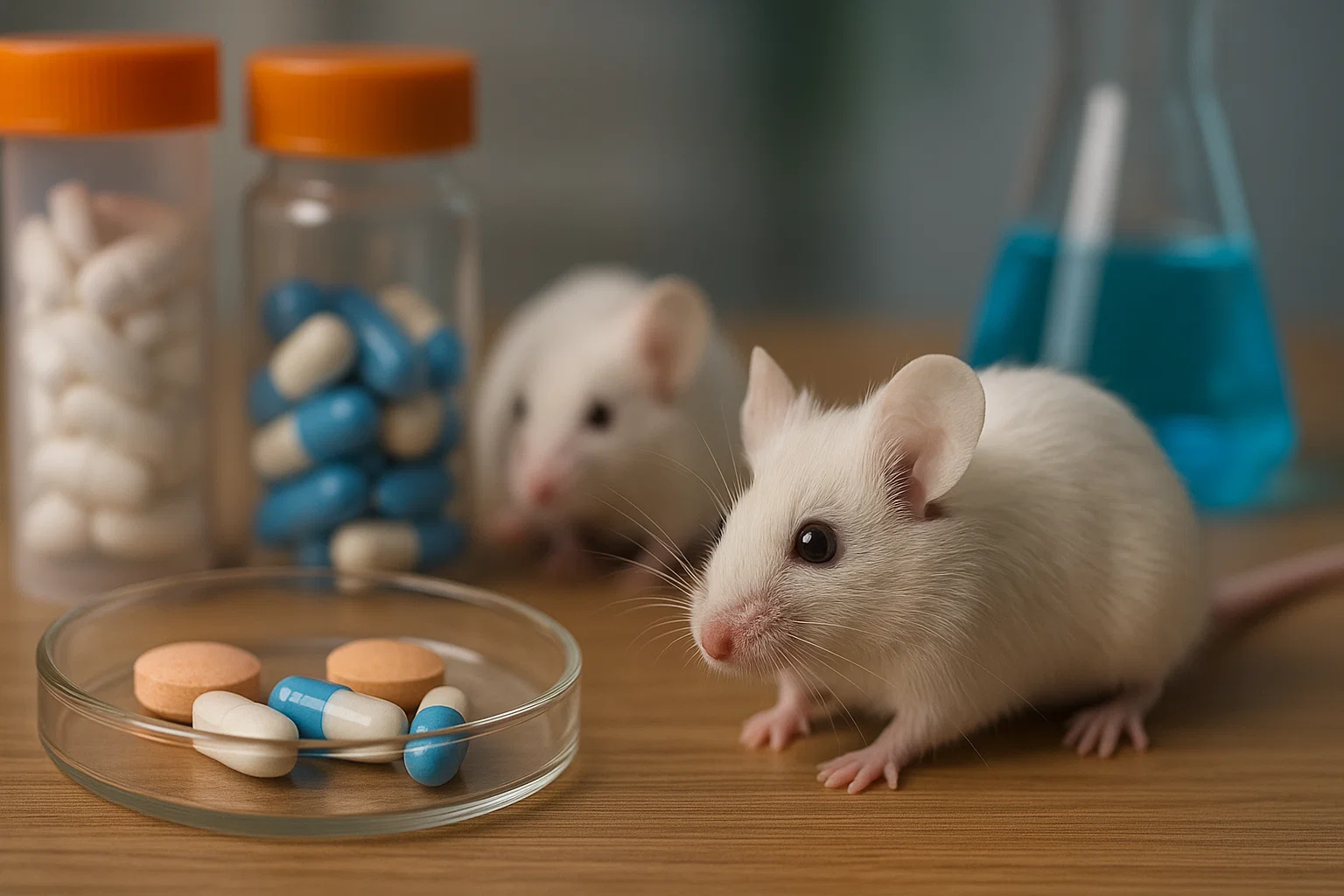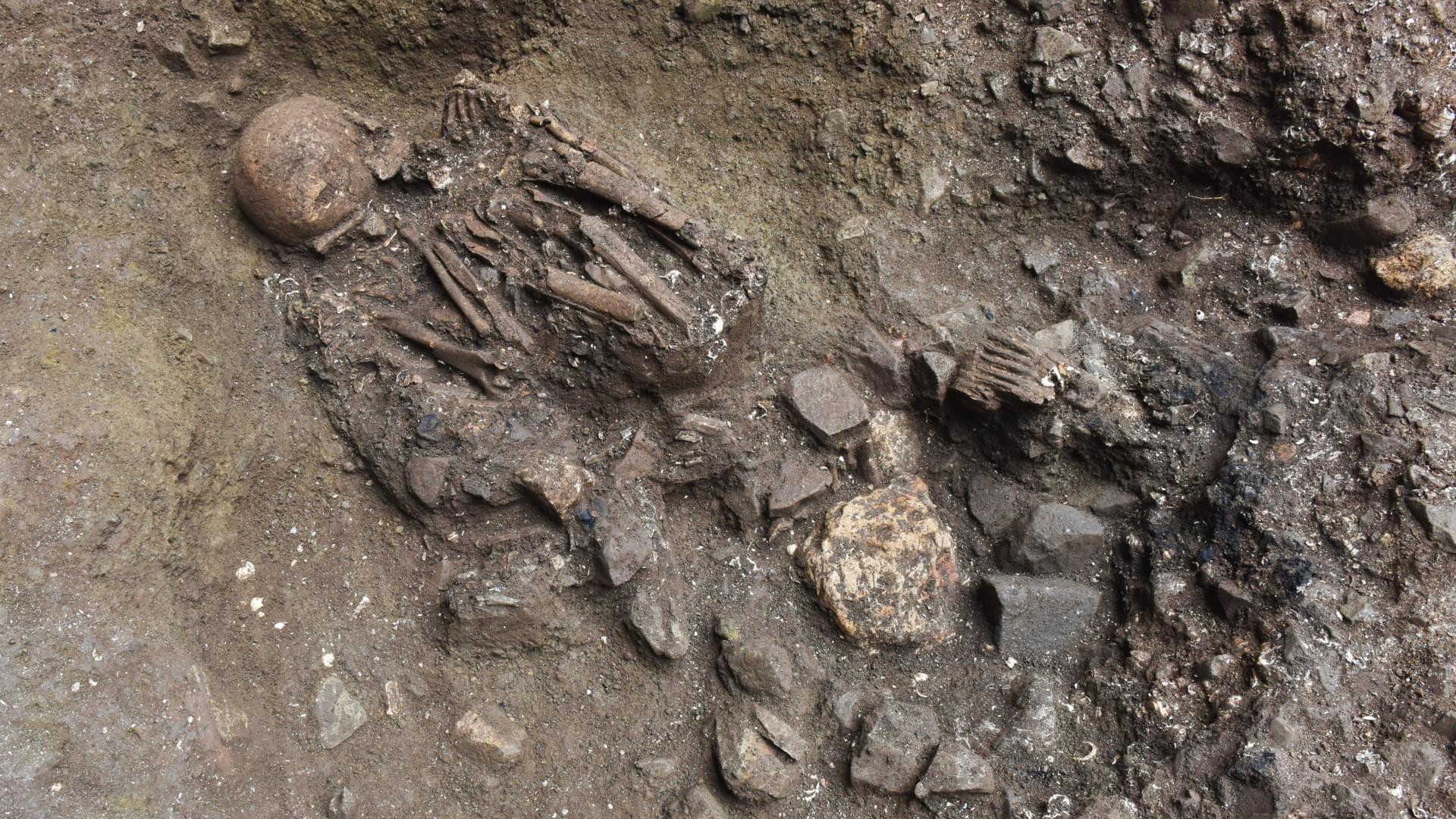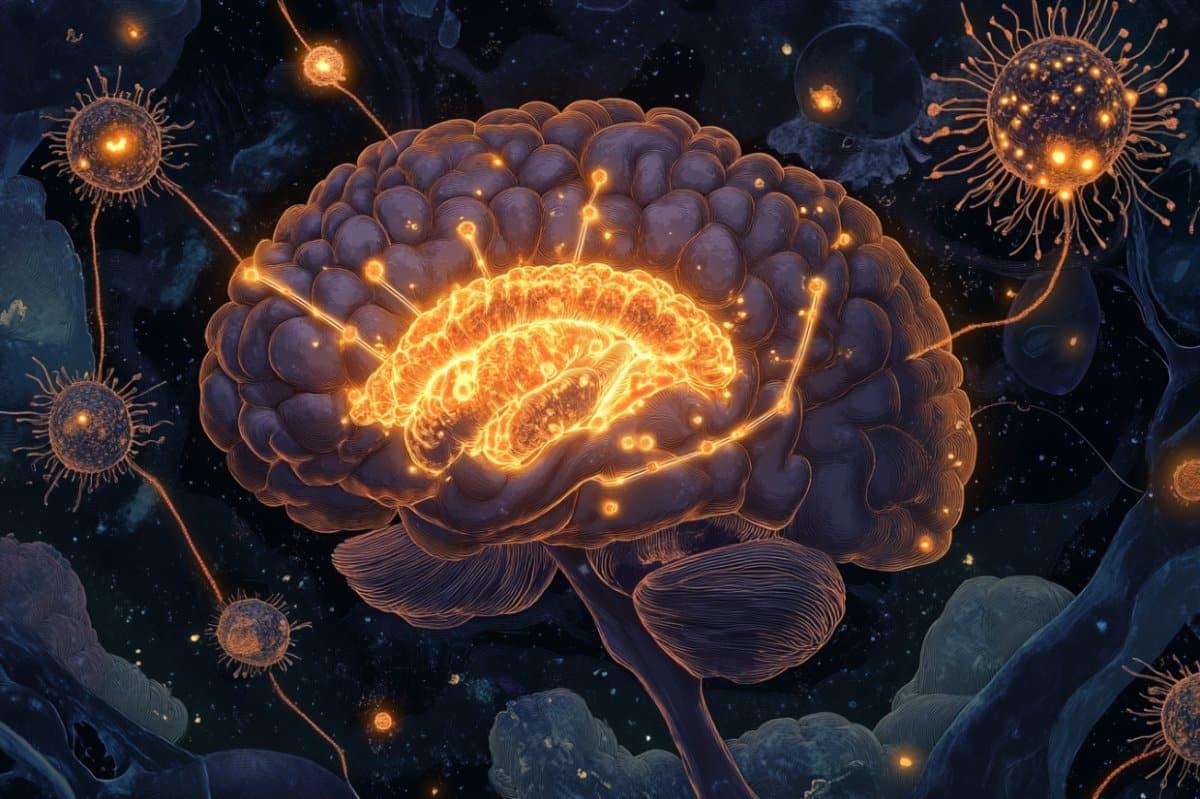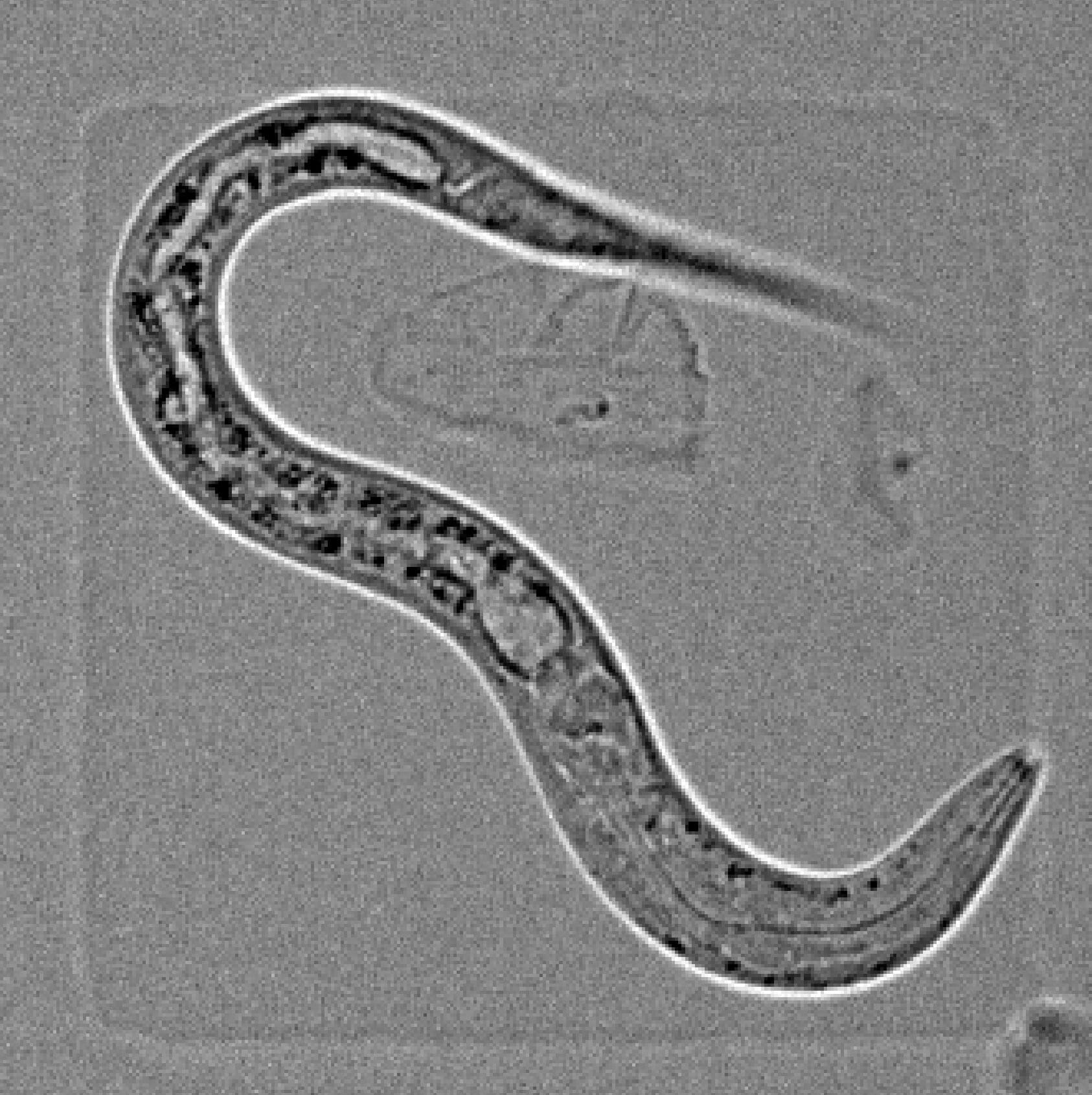Scientists combine two cancer drugs to delay aging and disease in mice.



When AGI arrives, your job could be on the chopping block. What happens next will shape the course of (human) history.





In a diseased condition, most of the time, target proteins attain toxicity following their transition from a α-helix to a β-sheet form [18]. Although numerous functional native proteins possess β-sheet conformations within them, the transition from an α-helix to a β-sheet is characteristic of amyloid deposits [19], and often associated with the change of a physiological function to a pathological one. Such abnormal conformational transition exposes hydrophobic amino acid residues and promotes protein aggregation [18, 20]. The toxic proteins often interact with other native proteins and may catalyze their transition into a toxic sate, and hence they are called infective conformations [18]. The newly formed toxic proteins can repeat this cycle to intiate a self-sustaining loop; thereby amplifying the toxicity to generate a catastrophic effect, beyond homeostatic reparative mechanisms, to eventually impair cellular function or induce cellular demise [21].
Proteins function properly when their constituent amino acids fold correctly [22]. On the other hand, misfolded proteins assemble into insoluble aggregates with other proteins and can be toxic for the cells [18, 20]. Ataxin-1 is highly prone to misfolding due to inherited gene defects that cause neurodegenerative diseases (NDDs), which is mainly due the repetition of glutamine within its amino acid chain; the toxicity of this protein being directly proportional to the number of glutamines [23]. There are 21 proteins that mainly interact with ataxin-1 and influence its folding or misfolding, 12 of which increase the toxicity of ataxin-1 for nerve cells, while 9 of the identified proteins reduce its toxicity [23]. Ataxin-1 resembles a double twisted spiral or helix and has a special structure, termed a “coiled coil domain”, that promotes aggregation. Proteins which possess “coiled coil domain” and interact with ataxin-1 have been reported to enhance promotion of ataxin-1 aggregation and toxic effects [24].
The gradual accumulation of misfolded proteins in the absence of their appropriate clearance can cause amyloid disease, the most prevalent one being AD. Parkinson’s disease and Huntington’s disease have similar amyloid origins [25]. These diseases can be sporadic or familial and their incidence increases dramatically with age. The mechanistic explanation for this correlation is that as we age (and are subjected to increasing numbers of mutations and/or oxidative stress causing changes to protein structure, etc.), the delicate balance of the synthesis, folding, and degradation of proteins is disturbed, ensuing in the production, accumulation and aggregation of misfolded proteins [26].

People spend about a third of their lives asleep. Yet, surprisingly little is known about how our brains control falling asleep and waking up. Now, researchers led by Prof. Henrik Bringmann at the Biotechnology Center (BIOTEC) of TUD Dresden University of Technology discovered another piece of this puzzle. The team showed that a single brain signal acts like a biological switch—both triggering sleep and ending it.
Their findings, published in the journal Current Biology, were made possible by studying a tiny roundworm, C. elegans, a powerful model organism in biology.
“It is really important to be able to fall asleep, but just as important to wake up too,” says Prof. Bringmann, research group leader at BIOTEC who led the study.
While most space ships in sci fi are mechanical and metallic, there are those that defy all of that and are actually living beings or composed of living organic material. Mind you, that these here I this video are bioships in a sense that they transport smaller beings inside of them and respond to the command of a pilot or hive mind just how ships are meant to do & they aren’t wild space creatures like space whales or void monsters. These here are the Bioships, the biggest in Scifi. lets get to them.
Credits:
https://www.artstation.com/artwork/XaL4Y
https://www.warhammer-community.com/
https://wh40k.lexicanum.com/
https://warhammer40k.fandom.com/wiki/
FAIR-USE COPYRIGHT DISCLAIMER Copyright Disclaimer under Section 107 of the Copyright Act 1976, allowance is made for “fair use” for purposes such as criticism, commenting, news reporting, teaching, scholarship, and research. Fair use is a use permitted by copyright statute that might otherwise be infringing. Non-profit, educational or personal use tips the balance in favour of fair use. Nutbug does not own the rights to these videos and pictures. They have, in accordance with fair use, been repurposed with the intent of educating and inspiring others. However, if any content owners would like their images removed, please contact us by email [email protected]